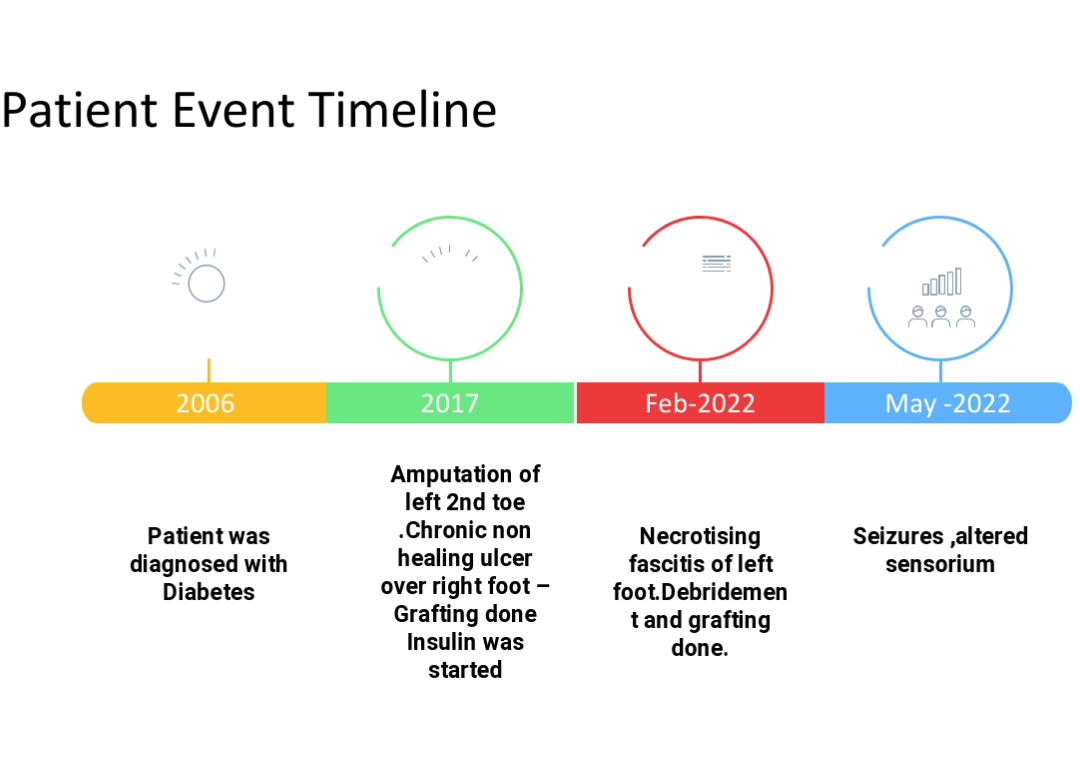October bimonthly exam
1-With the history of chronic alcoholism
- (AST/ALT ratio=1.24)- indicates alcoholic liver disease
Usg suggestive of altered ecotexture with hepatosplenomegaly -- indicates cirrhosis
A) Pathogenesis of ascites in cirrhosis :
-Due to portal hypertension
- salt and water retention
Activation of hepatic stellate cells - fibrosis,increased hepatic resistance ,decreased nitric oxide production leading to intrahepatic vasoconstriction
Increase in systemic nitric oxide ,Tumor necrosis factor ,VEGF --- splanchnic vasodilation -pooling of blood - hypovolemia-- activation of RAAS
B)decreased synthetic activity - hypoalbuminemia (alb-1.4)
Decrease in oncotic pressure - leading to fluid accumulation in peritoneal space causing-Ascites
2- hypoalbuminemia - causing pedal edema . Chronic pedal edema causing skin changes
Patient gives history of self treatment of blebs under unsterile conditions - that could be leading to recurrent cellulitis
3- Astrexis and constructional apraxia indicates hepatic Encephalopathy -
As he didn’t pass stools- there could be accumulation of Ammonia. It crosses blood brain barrier and leads to delirium .
According to sonic classification of HE- patient is in overt hepatic encephalopathy
Treatment primarily includes eliminating ppt factors like bleeding , infection, hypokalemia , medications, dehydration
Non absorbable materials like lactulose - these are first line agents
Antibiotics are considered as second line . Rifaximin is approved for treatment of chronic HE and reduction in risk of recurrence of overt HE in pts with advanced liver disease
2 Case :
1- Direct hyperbilirubinemia without raised liver enzymes ,and a recent history of drug intake (ATT )2- investigational findings that support diagnosis of pulmonary tuberculosis are - sputum positive ,and CT chest showing fibrocavitatory lesion in right lower lobe
3- Chronic alcoholism since 35 years ,along with decreased appetite , malnutrition ,super added pulmonary tuberculosis .
Ascites could be due to cirrhosis causing portal hypertension ,salt and water retention .Also contributed by malnutrition and superadded infection.
3 case:
With the history and investigations - patients has glomerular injury causing protienuria .
Ascites and pedal edema are likely due to Hypoalbuminemia .







Comments
Post a Comment